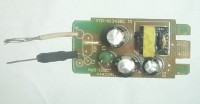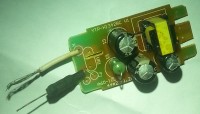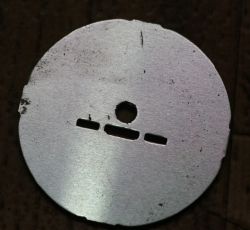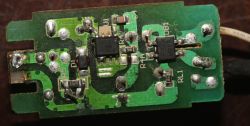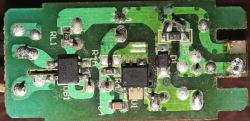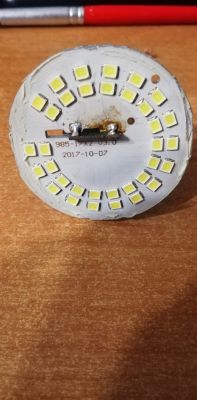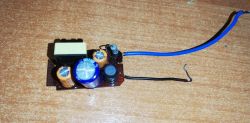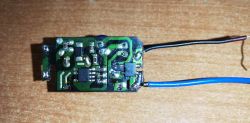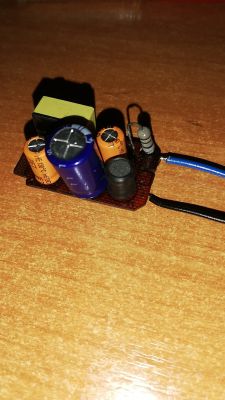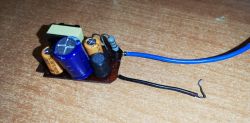Hello
A request for tips on how to check step by step what is damaged in the power module of the led diodes in the bulb (LED bulb thread e27 power supply 230v, power about 12W).
The module is attached in the pictures. After connecting the module to 230V power supply (and disconnected board with LEDs) at the 'output', i.e. connecting the module to the board with LEDs, the meter shows a direct voltage of over 300V.
Since I have about 10 such damaged bulbs, I would like to try to repair (repair or replace the module)
A request for tips on how to check step by step what is damaged in the power module of the led diodes in the bulb (LED bulb thread e27 power supply 230v, power about 12W).
The module is attached in the pictures. After connecting the module to 230V power supply (and disconnected board with LEDs) at the 'output', i.e. connecting the module to the board with LEDs, the meter shows a direct voltage of over 300V.
Since I have about 10 such damaged bulbs, I would like to try to repair (repair or replace the module)



